Dynamic cycling mainly exercises lower limb muscle groups, including quadriceps, hamstring, gluteus maximus, triceps, and core muscle groups. By adjusting resistance and changing posture during cycling, different muscle groups can be strengthened in a targeted manner, while improving cardiovascular function and coordination.
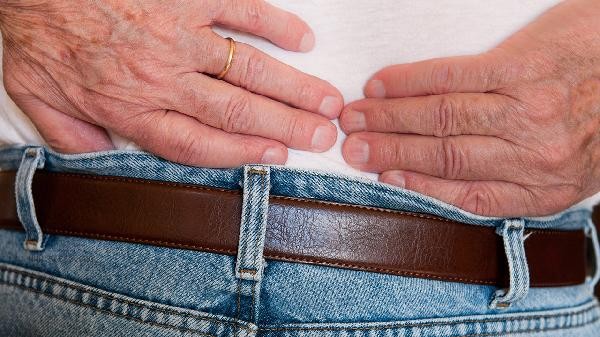
1. quadriceps femoris
During dynamic cycling, the quadriceps femoris on the front thigh is the main force generating muscle group, especially when climbing or increasing resistance in a sitting position. Knee joint extension movements can significantly activate the rectus femoris, lateral thigh muscles, and other areas. Continuous cycling can enhance muscle endurance and explosive power, making it suitable for people who need to strengthen their lower limb strength.
2. The hamstring muscles on the back of the thigh participate in hip joint extension during pedaling, and exert more force when cycling in a standing position. This muscle group forms an antagonistic relationship with the quadriceps, and coordinated exercise can prevent sports injuries and improve leg lines.
3. gluteus maximus
The gluteus maximus muscles provide the main thrust during standing sprints and climbing, and high resistance training can effectively stimulate gluteus maximus growth. Long term regular cycling can help shape the curves of the buttocks and alleviate the weakness of the gluteal muscles caused by prolonged sitting.
4. During the pedaling action of the calf triceps, the gastrocnemius and soleus muscles continue to contract to maintain ankle stability. During rapid cycling, the calf muscles participate frequently in exerting force. Proper training can enhance ankle joint flexibility, but it is important to avoid overuse that can cause tension in the Achilles tendon.
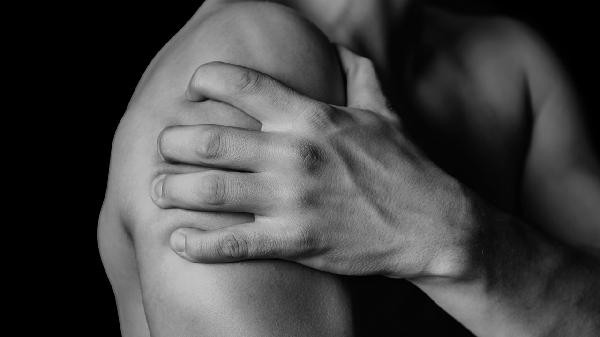
5. Core muscle groups
During cycling, core muscle groups such as rectus abdominis, oblique abdominis, and erector spinae continue to contract to maintain body balance, especially when standing and shaking the bike. Strengthening the core muscle group can improve cycling efficiency and reduce compensatory injuries to the waist.
It is recommended to do 3-4 spinning exercises per week, each lasting 20-45 minutes, combined with alternating sitting and standing exercises to achieve balanced muscle development. Before training, adjust the seat height to the slightly flexed position of the knee joint to avoid excessive hip flexion. After cycling, static stretching of the quadriceps and hamstring muscles should be performed, combined with protein supplementation to promote muscle repair. People with hypertension or knee joint injuries should reduce resistance intensity, and pregnant women should avoid high-intensity standing exercises. Long term persistence can significantly improve basal metabolic rate and achieve weight loss and shaping effects.
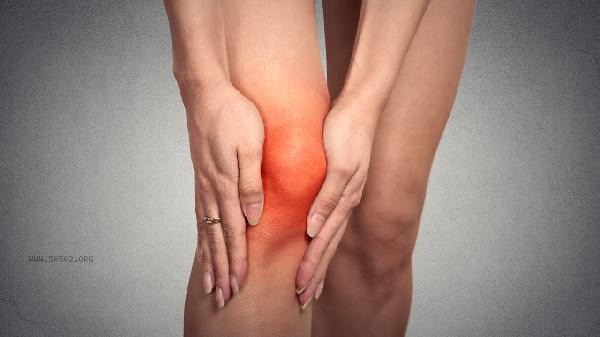

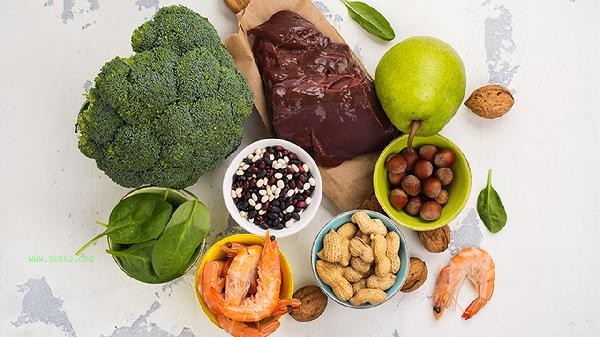
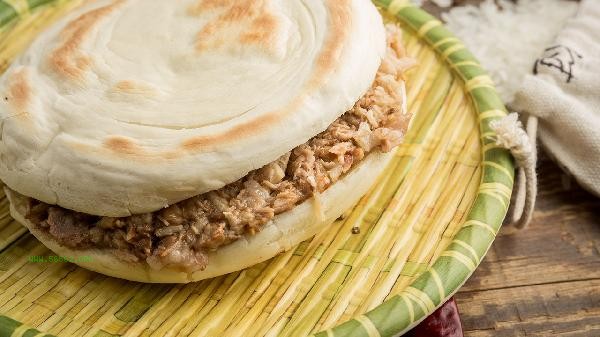
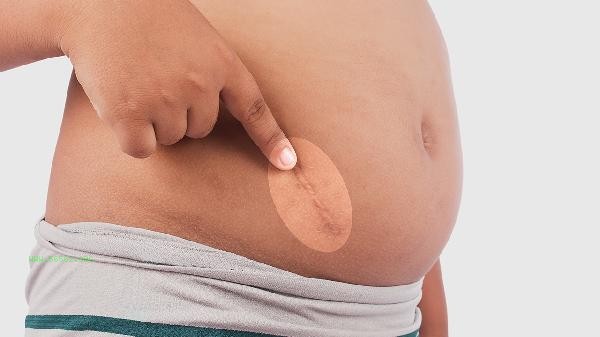
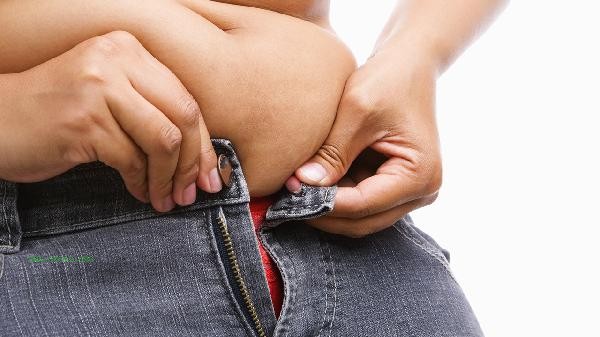
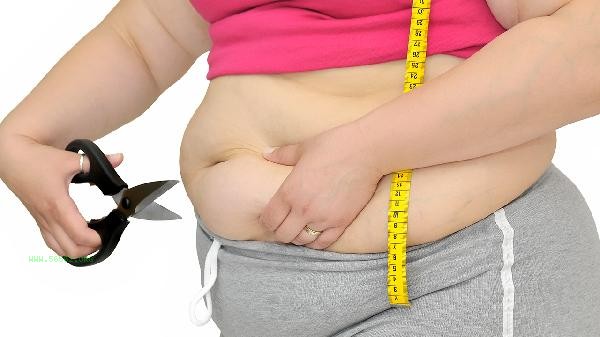


Comments (0)
Leave a Comment
No comments yet
Be the first to share your thoughts!